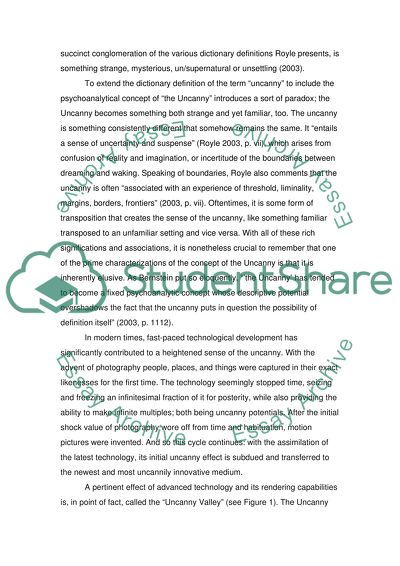Cite this document
(“Uncanny Expperience on Film: from the unintentional to the sublime Essay”, n.d.)
Retrieved from https://studentshare.org/visual-arts-film-studies/1429174-the-uncanny-nicholas-royle-comments-the-world-is
Retrieved from https://studentshare.org/visual-arts-film-studies/1429174-the-uncanny-nicholas-royle-comments-the-world-is
(Uncanny Expperience on Film: From the Unintentional to the Sublime Essay)
https://studentshare.org/visual-arts-film-studies/1429174-the-uncanny-nicholas-royle-comments-the-world-is.
https://studentshare.org/visual-arts-film-studies/1429174-the-uncanny-nicholas-royle-comments-the-world-is.
“Uncanny Expperience on Film: From the Unintentional to the Sublime Essay”, n.d. https://studentshare.org/visual-arts-film-studies/1429174-the-uncanny-nicholas-royle-comments-the-world-is.


